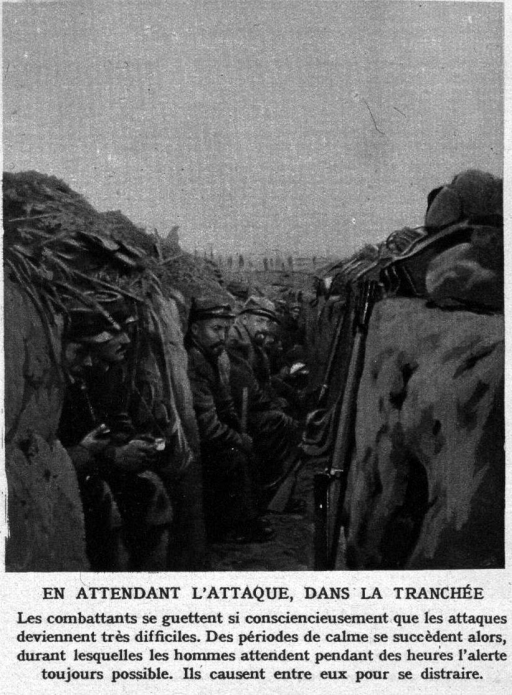The First Battle of Champagne began on December 20th 1914 in the Champagne region of France.
The battle, between the French Fourth Army and the German Third Army, was the first offensive by the Allies against the Germans since the start of trench warfare following the ‘Race to the Sea’ during the autumn of 1914.
General Joseph Joffre, the French Commander-in-Chief, was determined to win the war quickly, and, especially to relieve German pressure on the Russian Army.
He resolved to launch a major offensive extending along the whole line from Nieuport on the Belgian coast to Verdun, throughout the Artois and Champagne regions.
After minor skirmishes, the battle began in earnest on December 20th 1914 when the French forces attacked and made small gains.
However, despite being outnumbered in terms of troops, the German lines were efficiently entrenched, and successfully demonstrated the superiority of defensive warfare at the time, especially in use of the machine gun.
Fighting continued until March 17th 1915 when the entire offensive was called off by the French owing to the strength of German counter attacks combined with a costly lack of success.
It is estimated that the Germans suffered around 45,000 casualties compared with French casualties numbering close to 90,000.
The battle characterised the war of attrition in the trenches that was to continue for another four years.
Images courtesy of Wikimedia Commons/public domain
Posted by: Hannah Schneider, Centenary News
